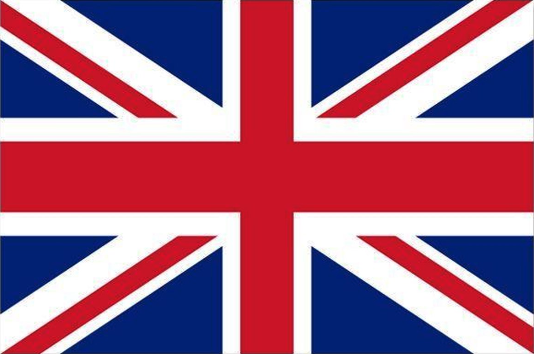Operation Market Garden, the allied offensive, is underway. The paths of two glider pilots cross. They are best friends, but one becomes badly wounded. As they say their goodbyes, the other rips an armband in two as a symbol of their pledge to see each other again after the war. But things don’t work out that way. A story about friendship and the price of our freedom.
When more than 10,000 allied soldiers landed in Wolfheze, Renkum and Ede on 17th and 18th September 1944, many Dutch people assumed that liberation would only be a question of time. The Airborne soldiers, mostly volunteers, had been training together for years, resulting in strong bonds of friendship between them.
Due to unexpectedly strong German resistance, the Allies were unable to seize the bridge over the River Rhine at Arnhem. In the end, they were forced to pull back to Oosterbeek where they defended the area around their headquarters in Hartenstein Hotel. The fighting in the woods and houses was fierce. Caught in the midst of it, many civilians took shelter in the cellars of their houses. Tending to the wounded soldiers proved difficult and after nine days, the Airborne troops were forced to retreat across the Rhine, leaving thousands of dead and wounded soldiers behind. Liberation didn’t come until 5th May 1945.
“











